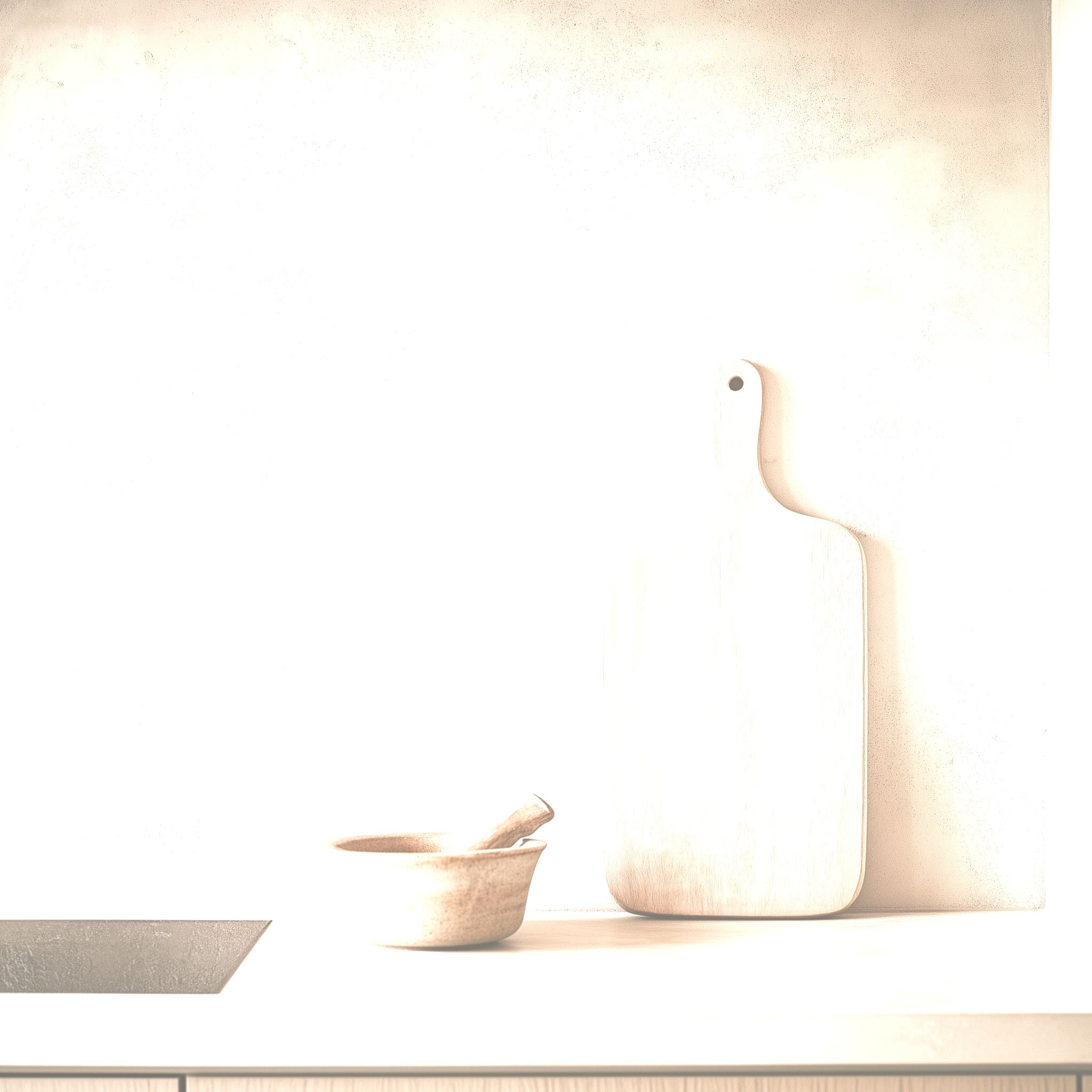
Hawkmade Wooden Utensils & Cutting Board Use and Care Guide
Keep Your Wooden Kitchenware Looking and Performing Its Best
Investing in handcrafted wooden utensils and cutting boards means bringing warmth, durability, and timeless function to your kitchen. But to ensure they last for years—even generations—with a smooth, food-safe finish, proper care is essential. Follow this guide to maintain the beauty and functionality of your wooden kitchen essentials.
Daily Care for Wooden Utensils & Cutting Boards
✅ Hand Wash Only – Never put wooden items in the dishwasher. The intense heat and prolonged moisture exposure can cause warping, cracking, and dulling of the wood's natural luster.
✅ Use Mild Soap & Warm Water – A gentle cleanse with mild dish soap and warm water is enough to keep your wood utensils and cutting boards clean. Avoid soaking, as standing water can lead to swelling or splitting over time.
✅ Dry Immediately – After washing, pat dry with a towel and let the wood air dry standing upright. This prevents excess moisture from settling into the grain, reducing the risk of mold or mildew.
✅ Sanitizing Naturally – Need a deeper clean? Sprinkle coarse salt over your wooden cutting board or utensils, then rub it with a lemon half. Let sit for 5 minutes before rinsing with warm water. This method naturally lifts stains and odors without damaging the wood.
Restoring & Conditioning Your Wooden Kitchenware
Even the best hardwoods like cherry and maple will dry out over time without proper maintenance. A little conditioning goes a long way!
🔹 Oil Regularly – Every few weeks (or when your wooden items start looking dry), apply a food-safe mineral oil or beeswax-based wood conditioner with a soft cloth. Let the oil absorb overnight, then wipe away excess. This keeps the wood hydrated, prevents cracking, and enhances its natural grain.
🔹 Buff Out Rough Spots – If your cutting board or utensils start feeling rough or raised after repeated washing, lightly sand the surface using 1000-grit wet/dry sandpaper. This ultra-fine grit restores smoothness without removing too much wood, keeping the utensil safe for food contact. Follow up with a coat of mineral oil.
🔹 Avoid Coconut or Olive Oil – While it may seem natural, oils that spoil (like coconut or olive oil) can leave behind unpleasant odors and sticky buildup. Stick to mineral oil or specialized wood conditioning products.
Storing Your Wooden Kitchen Tools the Right Way
✔ Keep Dry & Well-Ventilated – Store your utensils in an open container or hanging rack to allow airflow. If stacking cutting boards, use a spacer or towel between them to prevent trapped moisture.
✔ Rotate Usage – For cutting boards, alternate sides to distribute wear evenly, preventing deep grooves from forming in one area.
✔ Keep Away from Heat Sources – Prolonged exposure to high heat (like resting utensils near a stove burner) can cause drying and warping.
When to Replace Wooden Utensils & Cutting Boards
Wooden kitchenware is durable, but not invincible. Look out for deep cracks, persistent odors, or signs of mold—these indicate it’s time for a replacement. High-quality, sustainably made handcrafted utensils and cutting boards will last longer with proper care.
Looking to refresh your collection? Explore our handcrafted wooden kitchen essentials for premium, USA-made tools that bring function and beauty to your cooking.
By following this simple care guide, your wooden kitchenware will stay in top shape for years to come. With just a little love and attention, these handcrafted tools will continue to provide a natural, sustainable, and superior cooking experience.
✨ Upgrade your kitchen with timeless wooden craftsmanship. Check out our full collection here.

